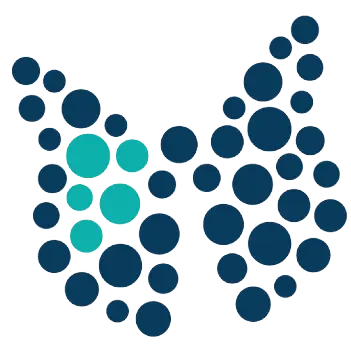Translational Pulmonary
& Immunology Research Center
& Immunology Research Center
by Dr. Inderpal Randhawa
FOR IMMEDIATE RELEASE 11/30/20
LONG BEACH, CA — Regardless of where you live, what you look like and who your parents are, the life of a child is uniquely different. Peer pressure, bullying, social media angst and simply learning how to cope for the first time with feelings such as anger, sadness, disappointment, jealousy, and frustration can make childhood difficult at baseline. Add to that pandemic-related worries, social media distraction, confinement, and home schooling and it’s not a stretch to say today’s childhood is like none other.
There is another challenge children and their parents face. It is one which afflicts as many as 10 million children in the United States and is the cause of more than 200 deaths annually. Only in recent years has this issue received the kind of focused medical attention and positive clinical progress it rightfully deserves. The concern is food anaphylaxis.
According to Food Allergy Research and Education, approximately one out of every 13 children is allergic to at least one food and about 40 percent of those children have experienced severe, life-threatening reactions. We know now that approximately 90 percent of all food allergies are caused by one of eight foods: eggs, milk, peanuts, wheat, soy, tree nuts, fish, and shellfish. We know too that it does not take much consumption of any of these foods to cause a severe reaction in highly allergic people. In fact, the National Institute of Allergy and Infectious Disease says that as little as 1/44,000 of a peanut kernel can cause an allergic reaction for severely allergic individuals.
A child’s immune system is an incredible engine. It fights off infections and other dangers to keep him or her healthy. Food allergy occurs when that immune system decides a food is a “danger” to their own health and responds in a way that causes symptoms in a child ranging from uncomfortable (hives, itching in the mouth, stomach pains, vomiting, or diarrhea) to life-threatening. Living with day to day risk of this serious medical condition results in behavior challenges such as meltdowns, irritability, anxiety, and depression.
Fortunately, major progress is being made in the field of food anaphylaxis in children and no more so than at the Southern California Food Allergy Institute, a one-of-a-kind treatment center which has treated more patients than any center in the world for food anaphylaxis.
The Southern California Food Allergy Institute is operated in conjunction with the Transitional Pulmonary & Immunology Research Center. Based in Long Beach, California, TPIRC is a non-profit biotechnology company and a clinical research center that focuses on developing cutting-edge, individualized treatment protocols for rare and orphan diseases. Its mission to advance treatment discovery in ways that help patients today, while simultaneously building a scalable model of success to accelerate the rate of research discovery for all diseases.
At TPIRC, we are leveraging trillions of diagnostic and therapeutic data points gathered from more than 10,000 food-anaphylactic patients to understand how food allergies affect a child’s immune system. Using applied mathematics and machine learning models built on site, a single blood draw from a patient enables us to evaluate hundreds of biomarkers across allergen proteins, as well as an individual’s immune system’s state of allergic potential. This intelligence allows us to design a safe and effective strategy that allows each child to successfully achieve tolerance to foods that previously caused severe or life-threatening reactions.
The goal in all of this is to “retrain” a child’s immune system to become less and less anaphylactic and more and more tolerant. It is a true process of where artificial intelligence works hand in hand with humans to provide the best clinical care possible by predicting the path to induce disease remission. To date, the Tolerance Induction Program has treated nearly 11,000 food anaphylactic children. Over a decade of time, the Tolerance Induction Program maintains a 99% success rate. These children are now able to eat whatever they want (hopefully well-balanced, healthy eating habits) for the rest of their lifetime without concern of a reaction to the foods they once feared. It is what we call “food freedom” and is truly a life-altering achievement for the child and their parents.
This is meaningful work as it exemplifies how big data and big medicine can come together to provide an effective and precise medical approach to a health concern that has dogged our industry and our society for far too long.
Inderpal Randhawa, M.D. is founder and chief medical officer of the Transitional Pulmonary & Immunology Research Center in Southern California.
About Us:
Our non-profit, the Southern California Food Allergy Institute is a division in the Translational Pulmonary and Immunology Research Center (TPIRC). It is a cutting-edge clinical care and research center that is revolutionizing food allergy treatment. We are dedicated to providing innovative and safe treatment for the six million children in the United States who suffer from food allergies. Our goal is simple — for all children to safely eat whatever they want, in any amount – without the fear of a reaction.
